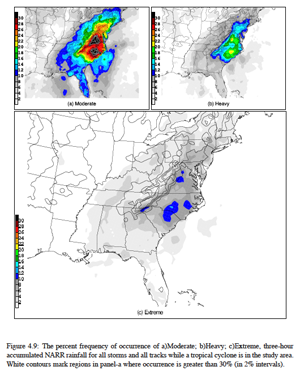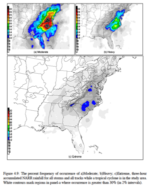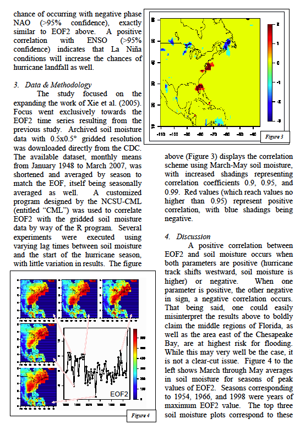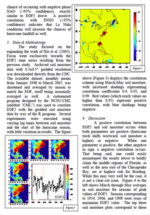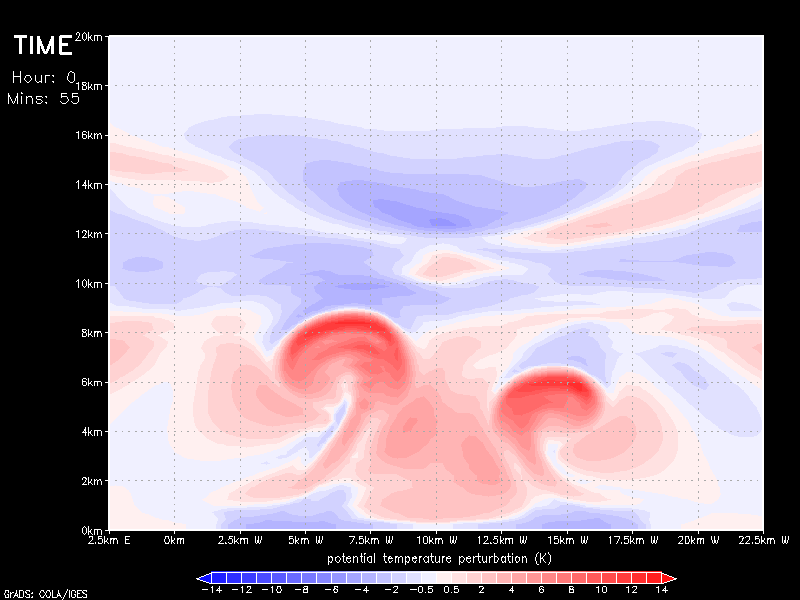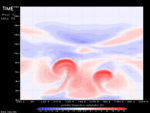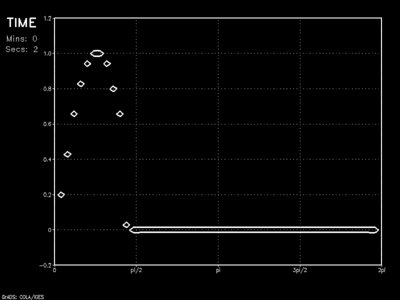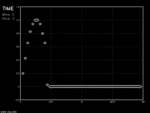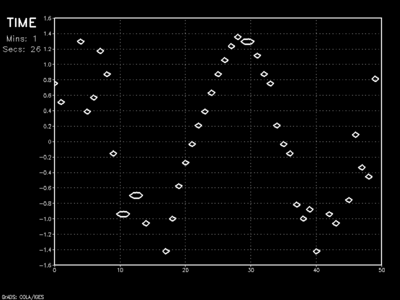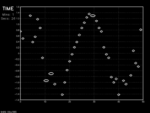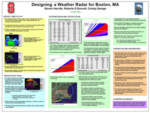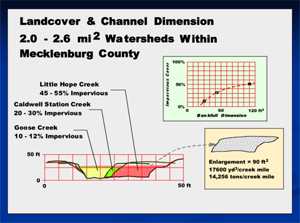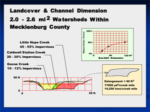Thesis
This was a study that examined the effect of the Appalachian Mountains on the precipitation distribution of tropical cyclones that impinge upon them. With the help of my advisor, Anantha Aiyyer, I began by classifying the 28 storms that passed through our study area between 1979 and 2006 into four general track types. I analyzed the track composites resulting, examined individual case studies, and ran numerical simulations with topography (control) and without (experimental) to isolate the effects of the Appalachians.
